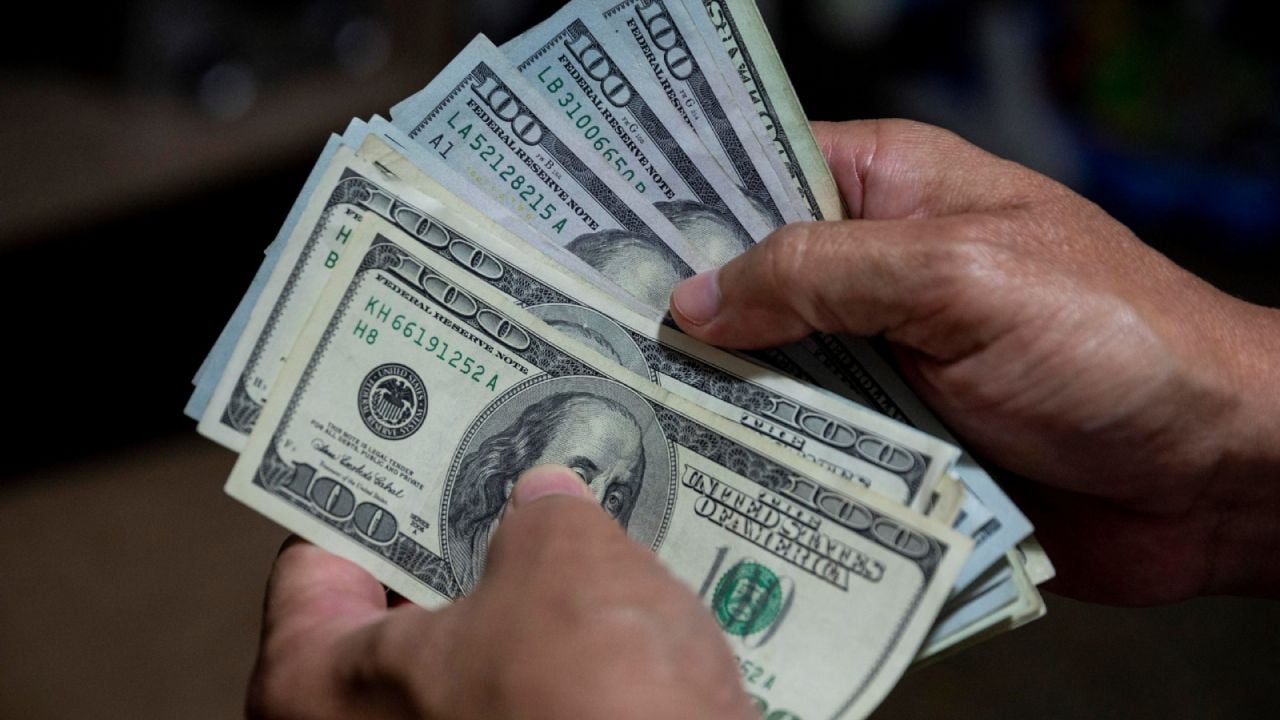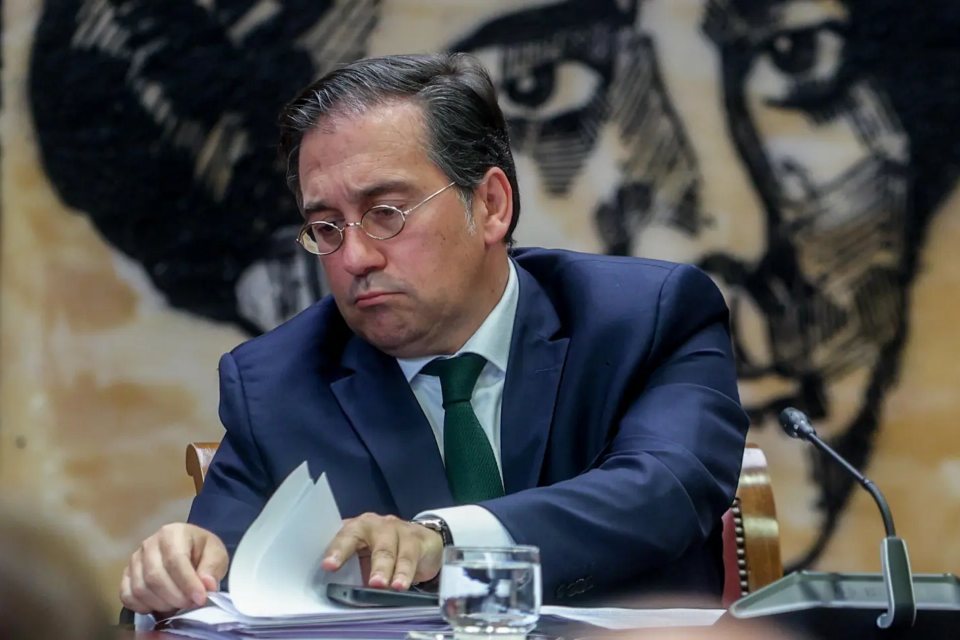The quote of the dollaron Thursday, continued to be a topic of great interest and concern for both citizens and economic analysts. The difference between the official dollar and the blue dollar remains significant, reflecting the economic tensions and challenges facing the country.
He dollar The official exchange rate, controlled by the Central Bank of the Argentine Republic (BCRA), remained stable at $978 for sale and $938 for purchase. This exchange rate is used in official transactions and in the formal market, including imports, exports and banking operations.
The BCRA has implemented various measures to maintain the stability of the official dollar, including interventions in the foreign exchange market and restrictions on the purchase of foreign currency. On the other hand, the dollar blue, which is traded on the informal market, showed a slight rise, closing at $1285 for sale and $1265 for purchase..
This quote reflects the demand for dollars in the parallel market, where government restrictions and controls have no effect. The gap between the dollar official and the blue dollar stood at approximately 31%, indicating strong pressure on the informal exchange market.

Fountain: Dollar Today.
This Friday, September 13, the dollar The blue dollar is quoted at $1260 for purchase and $1280 for sale. Meanwhile, the official dollar is quoted at $938.50 for purchase and $978.50 for sale.Several factors contribute to the difference between the official dollar and the blue dollar.
These include expectations of devaluation, inflation, and the government’s economic policies. Political and economic uncertainty also plays an important role, as investors and citizens seek refuge in the dollar due to the lack of confidence in the Argentine peso.

Differences
The difference between the official dollar and the dollar The blue dollar has multiple effects on the Argentine economy. On the one hand, it affects imports and exports, since companies must deal with different exchange rates. On the other hand, it influences inflation, since many prices of goods and services are dollarized or adjusted according to the blue dollar rate.
The government has implemented several measures to try to control the dollar’s exchange rate and reduce the exchange gap. These measures include restrictions on the purchase of dollars, taxes on foreign currency transactions, and agreements with international organizations to obtain financing. However, these measures have had limited success and the gap between the official dollar and the blue dollar remains significant.
















